Optimal Timing for Foundation Repairs
Understanding the optimal timing for foundation repairs can help ensure effective results and minimize disruptions. The right time depends on weather conditions, soil stability, and the severity of foundation issues. Proper planning can lead to longer-lasting repairs and reduce the risk of further damage.
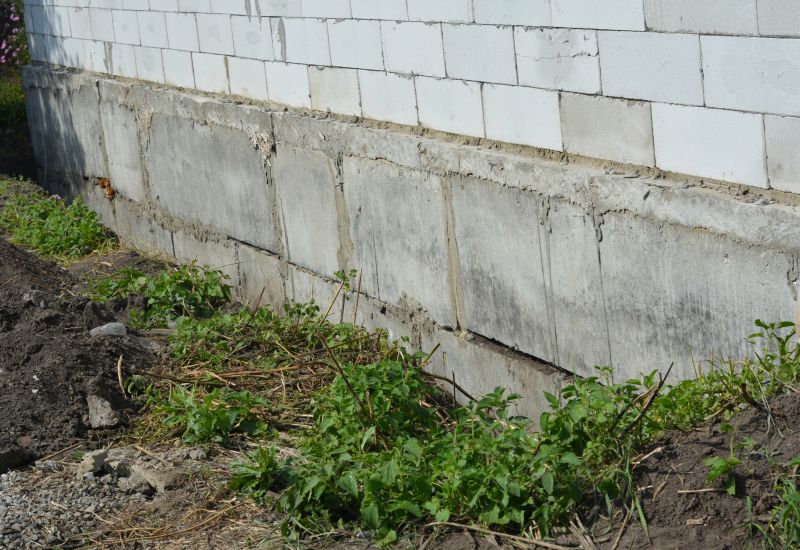
Dry weather reduces soil movement, making repairs more stable and long-lasting.
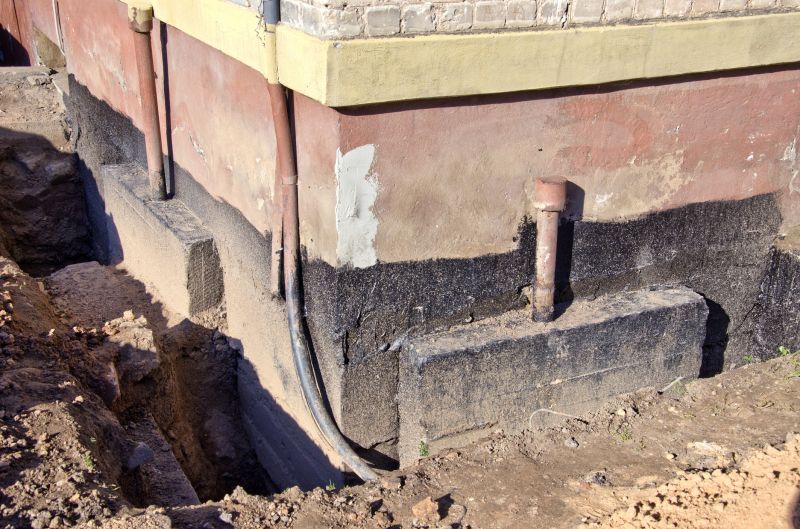
Spring offers moderate temperatures and manageable moisture levels for foundation work.
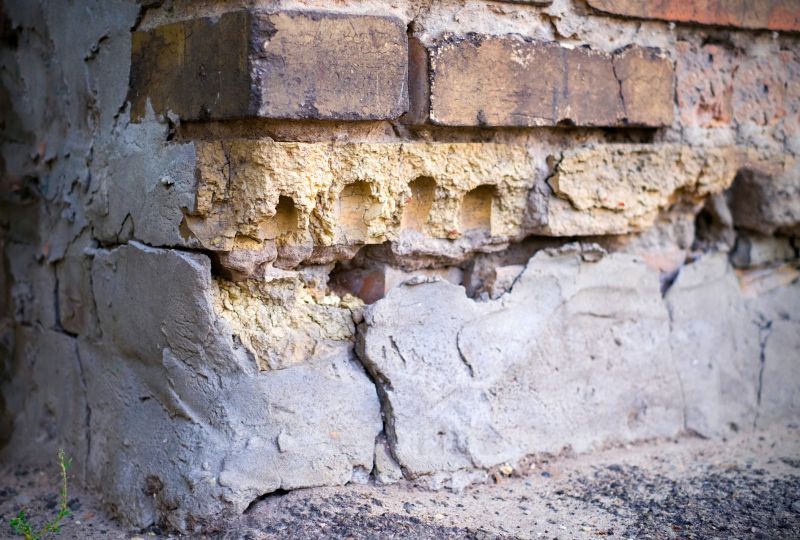
Fall provides cooler temperatures, but soil moisture levels should be monitored for optimal timing.
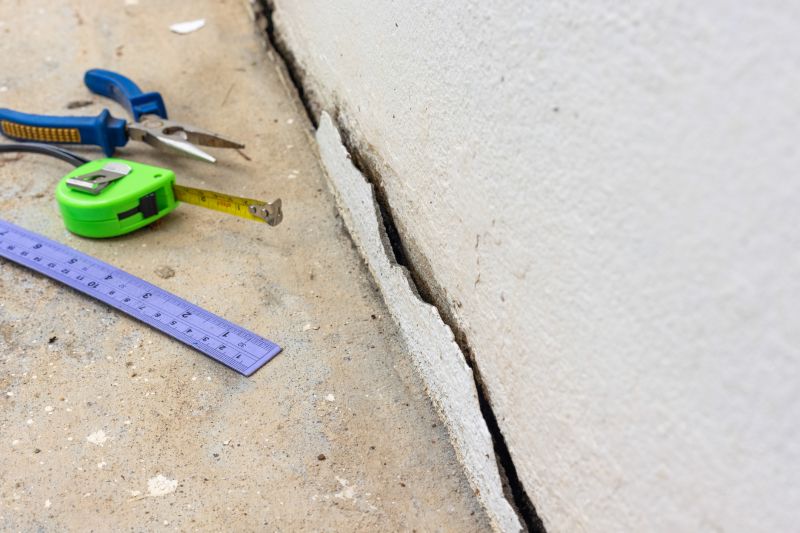
Ways to make Foundation Repairs work in tight or awkward layouts.
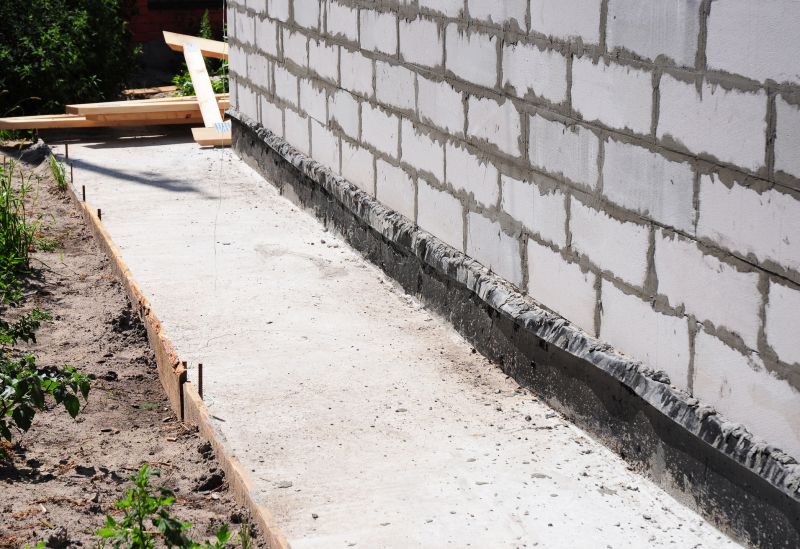
Popular materials for Foundation Repairs and why they hold up over time.
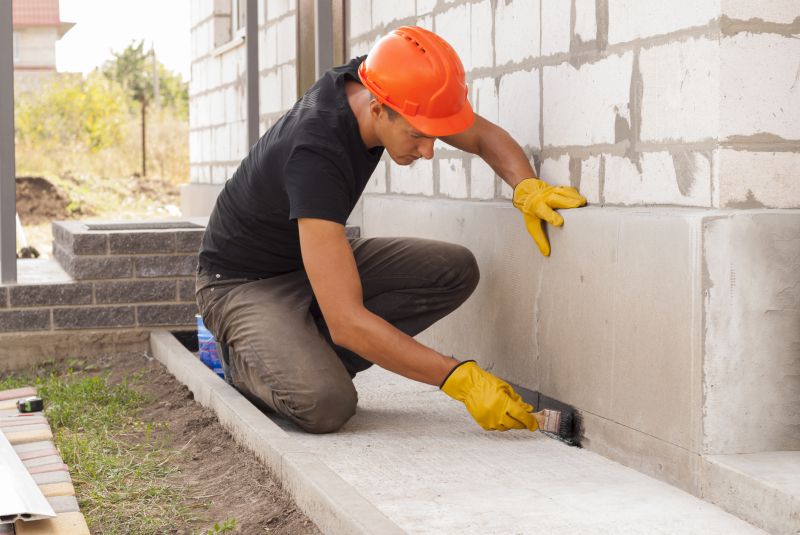
Simple add-ons that improve Foundation Repairs without blowing the budget.

High-end options that actually feel worth it for Foundation Repairs.
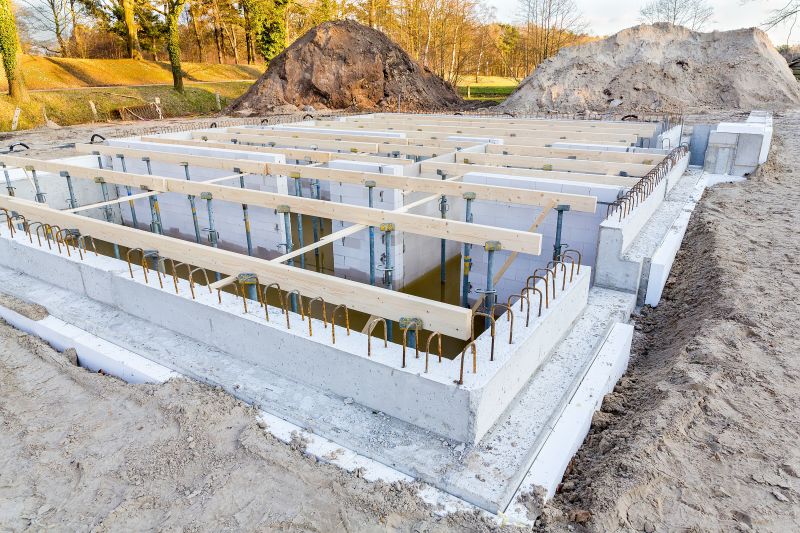
Finishes and colors that play nicely with Foundation Repairs.
Foundation repairs are essential for maintaining structural integrity and preventing further damage. Common issues include cracks, uneven floors, and shifting walls. Addressing these problems promptly can prevent costly repairs in the future. Factors such as soil type, weather patterns, and the age of the structure influence the best timing for repairs. Typically, dry and moderate weather conditions are ideal for foundation work, as they allow for better soil stability and easier access.
Soil expands in wet conditions and contracts during dry periods, affecting foundation movement.
Cracks in walls, uneven floors, and sticking doors can signal urgent foundation issues.
Avoiding extreme cold or wet conditions helps ensure the quality and durability of repairs.
Clay soils are more prone to movement; repairs should be scheduled during stable weather periods.
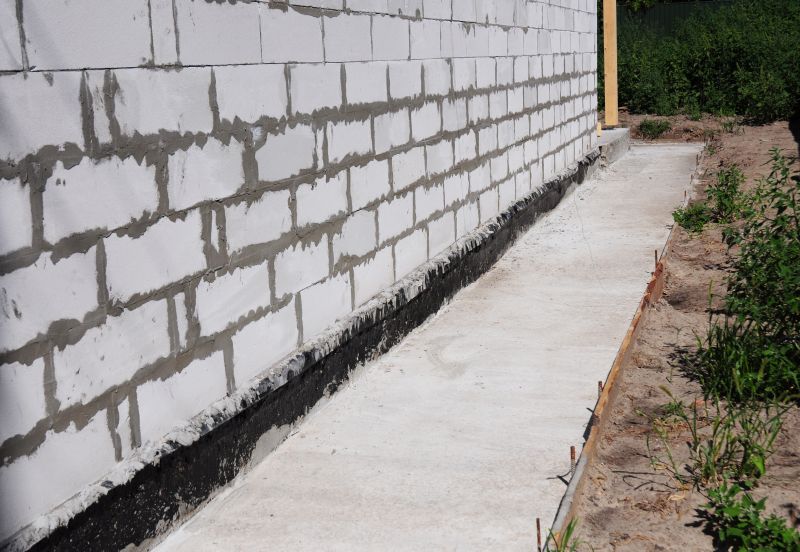
Step-by-step procedures for stabilizing and repairing foundations.
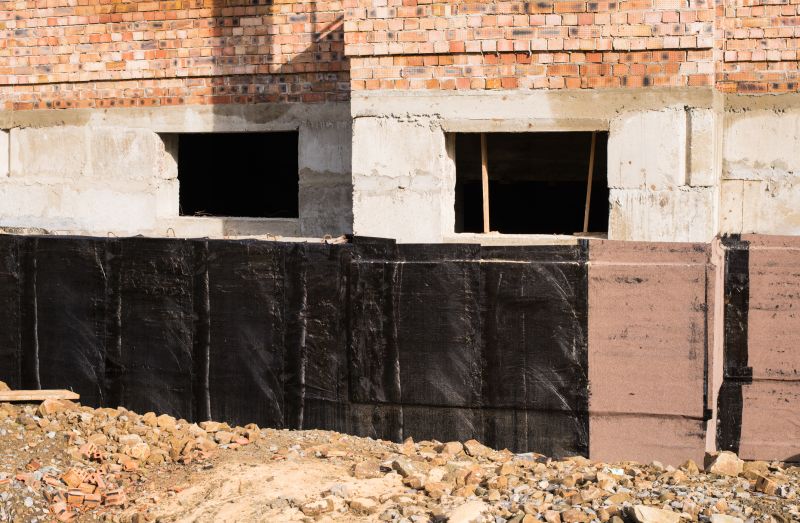
Visual comparisons showing the effectiveness of proper repair techniques.
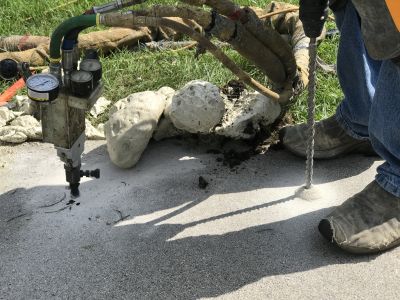
Specialized machinery and tools designed for various repair methods.
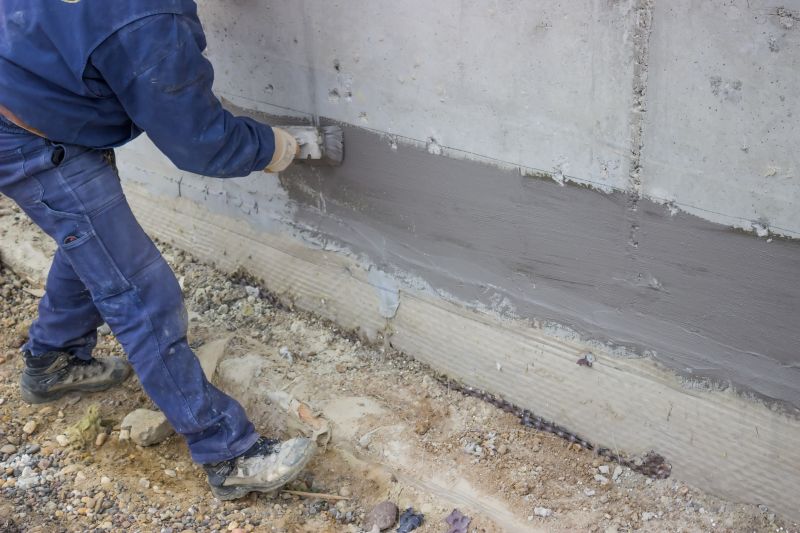
Techniques for sealing and reinforcing cracks to restore stability.
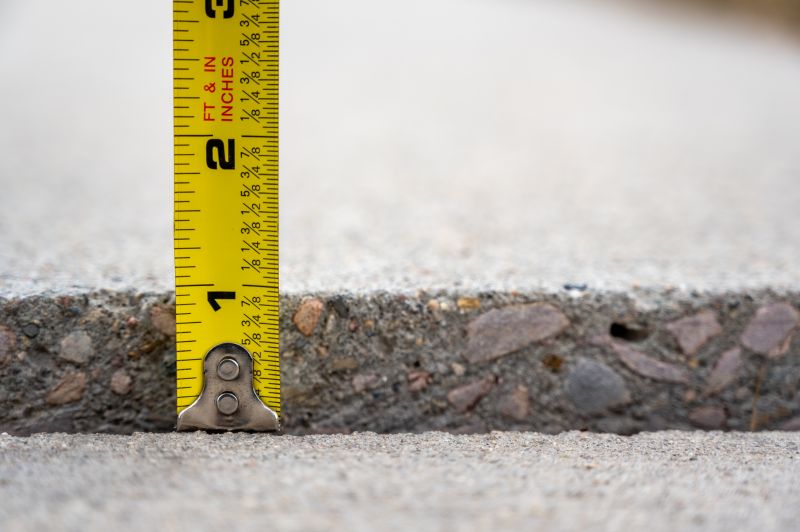
Little measurements that prevent headaches on Foundation Repairs day.

A 60-second routine that keeps Foundation Repairs looking new.
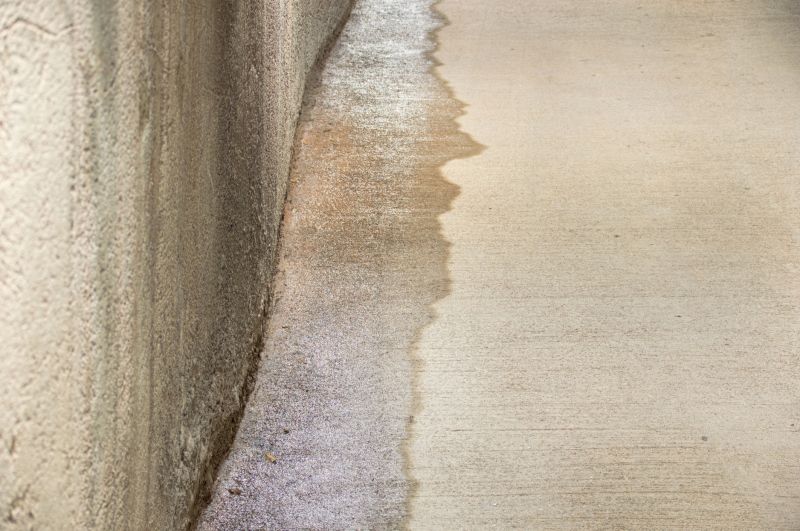
A frequent mistake in Foundation Repairs and how to dodge it.
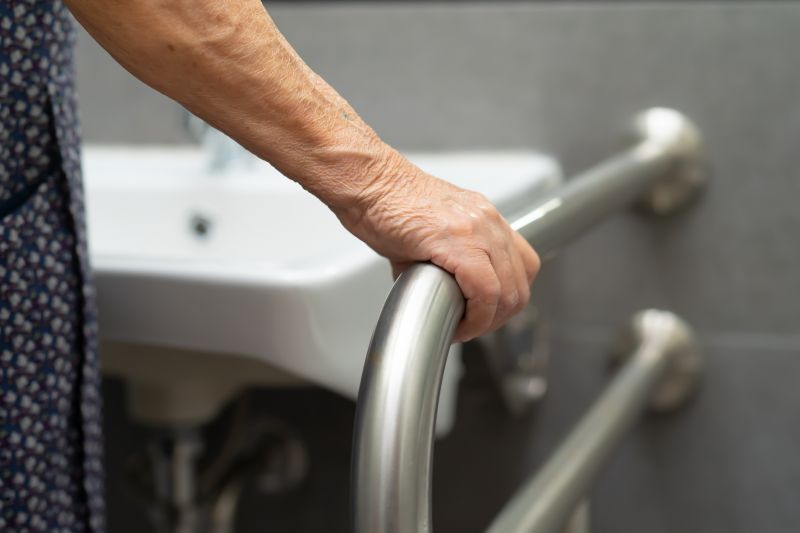
Small tweaks to make Foundation Repairs safer and easier to use.
| Season | Optimal Repair Conditions |
|---|---|
| Spring | Moderate temperatures and manageable moisture levels |
| Summer | Longer daylight hours, but avoid extreme heat |
| Fall | Cooler temperatures, soil moisture to monitor |
| Winter | Generally not recommended due to cold and frozen ground |
Timely foundation repairs are crucial for preserving the safety and value of a property. Weather and soil conditions significantly influence the success of repair projects. Planning repairs during favorable seasons can reduce complications and improve durability. Regular inspections can identify early signs of foundation issues, allowing for repairs to be scheduled at the most appropriate times.
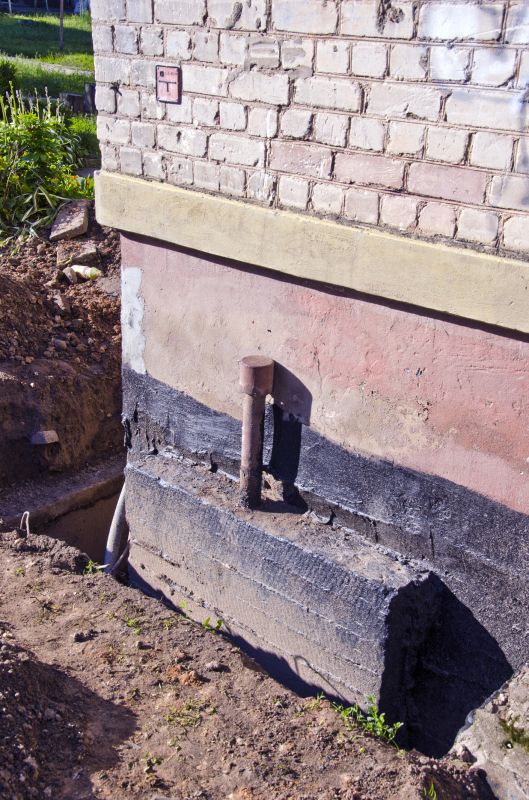
Technicians performing stabilization work on a residential foundation.
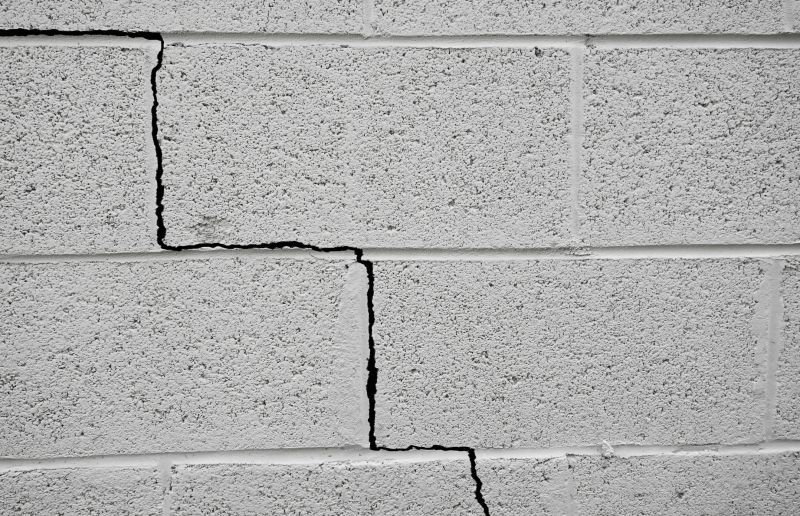
Visible cracks indicating foundation settlement issues.
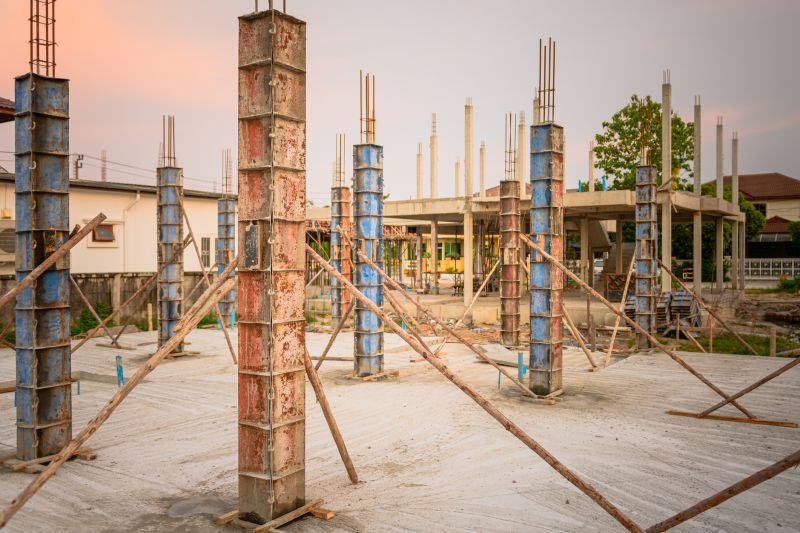
Use of piers and braces to restore stability.

Ensuring repairs meet structural standards and longevity.
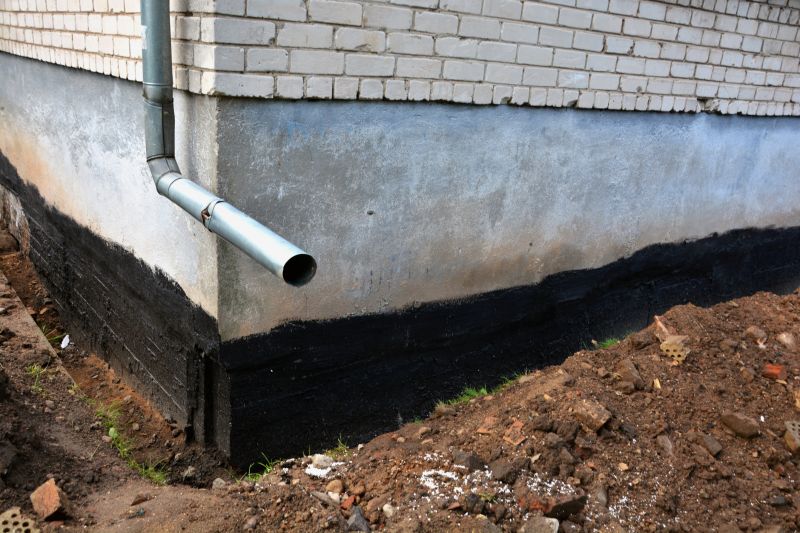
Lower-waste or water-saving choices for Foundation Repairs.
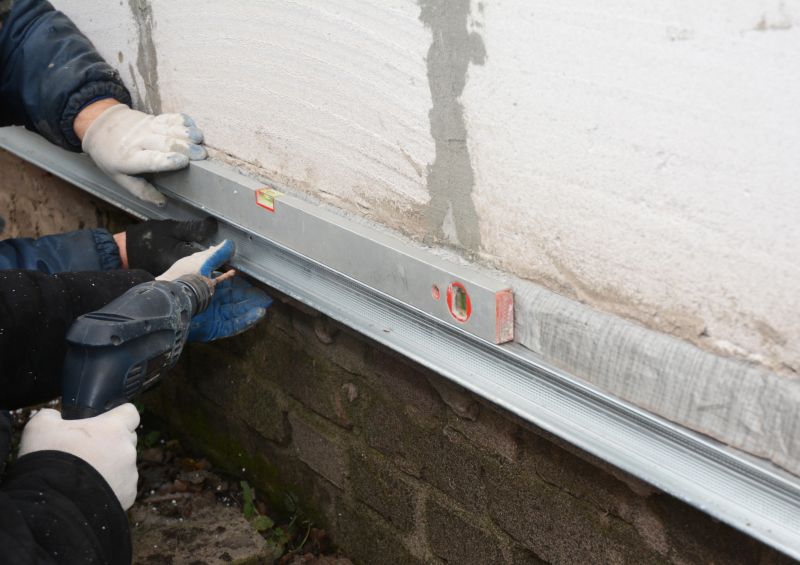
The short, realistic tool list for quality Foundation Repairs.
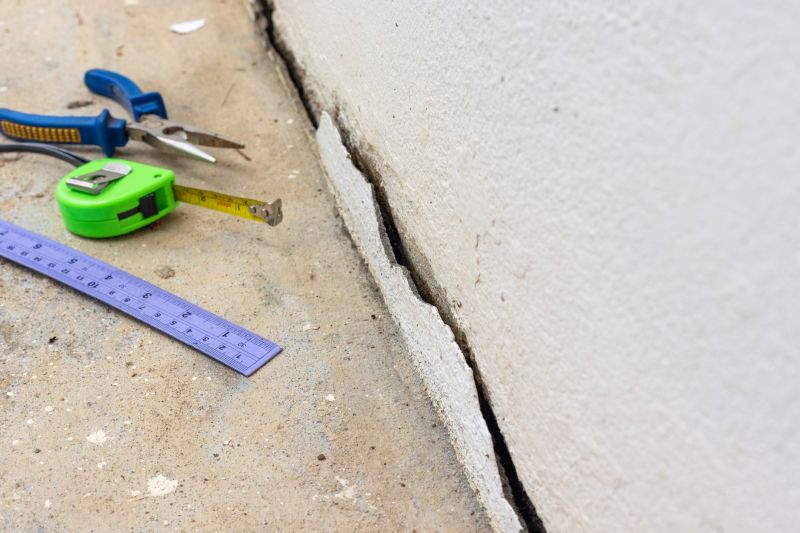
Rough timing from prep to clean-up for Foundation Repairs.
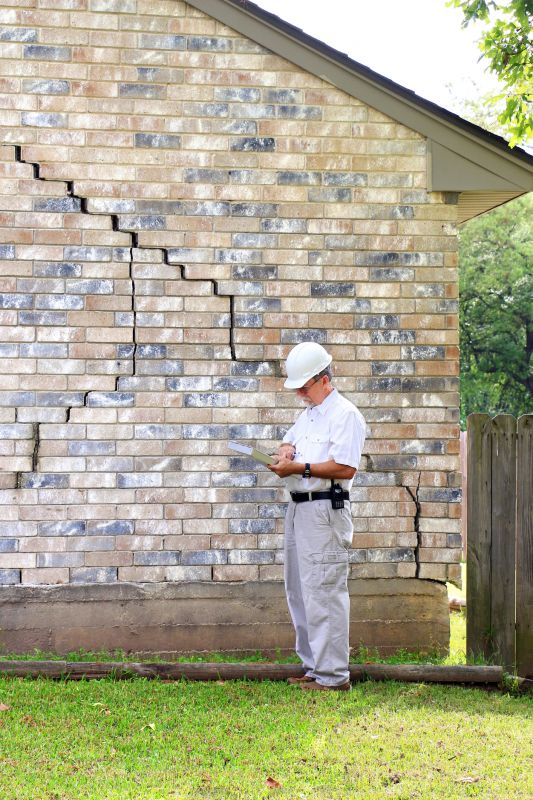
Quick checks and paperwork to keep after Foundation Repairs.
Choosing the right time for foundation repairs involves considering weather patterns, soil conditions, and the severity of existing damage. Proper timing can lead to more effective repairs, preventing further deterioration and ensuring the longevity of the structure. Regular assessments and expert consultations can help determine the most suitable window for repair work.
Interested property owners in Lenoir City, TN, are encouraged to contact for further information or to schedule an inspection. Proper planning and timely action can help maintain the structural integrity of a property and avoid costly future repairs.

